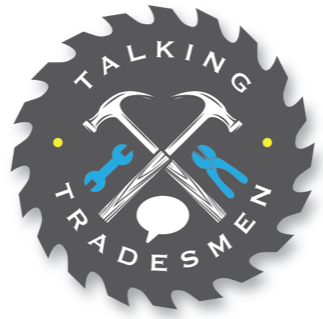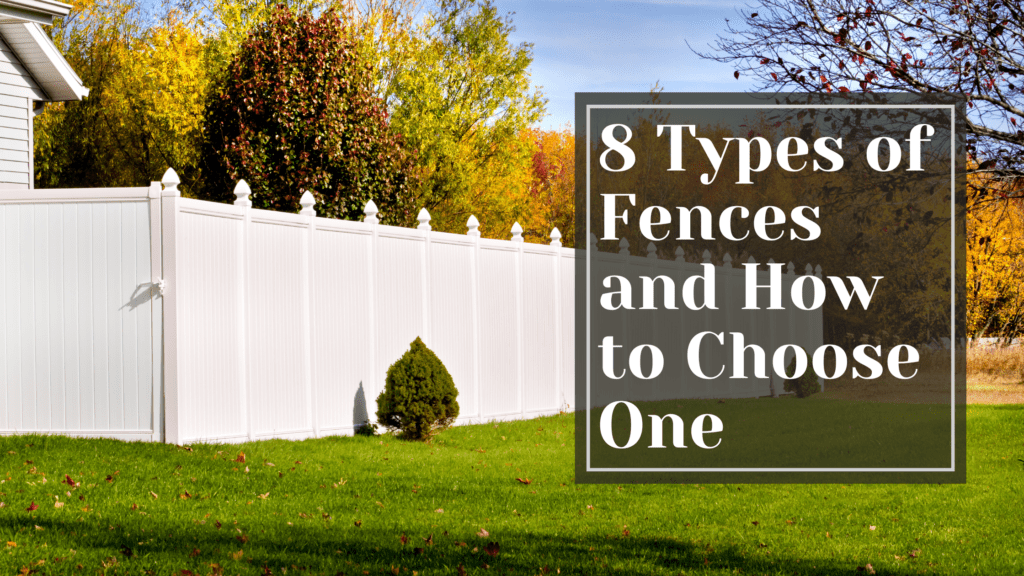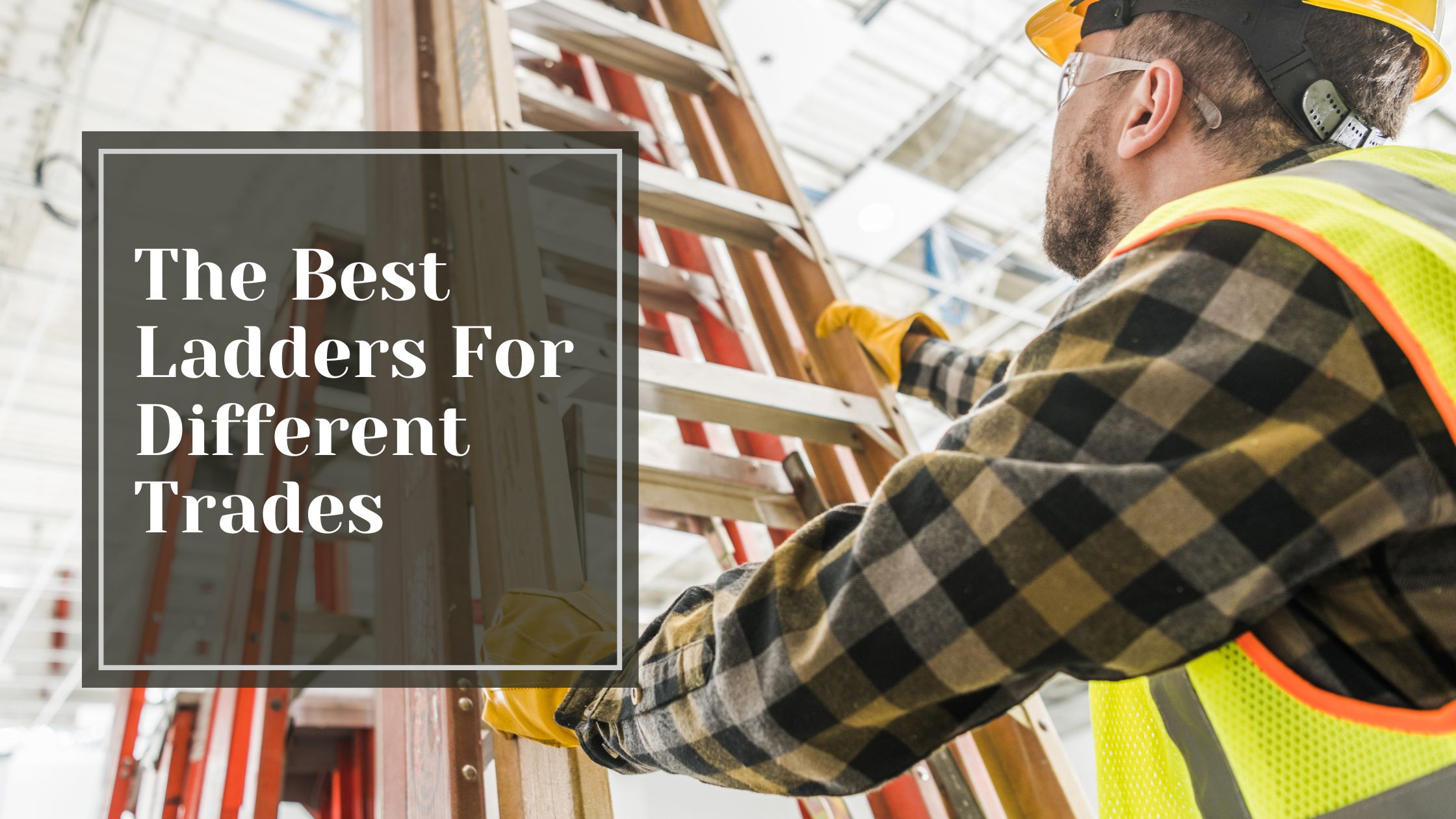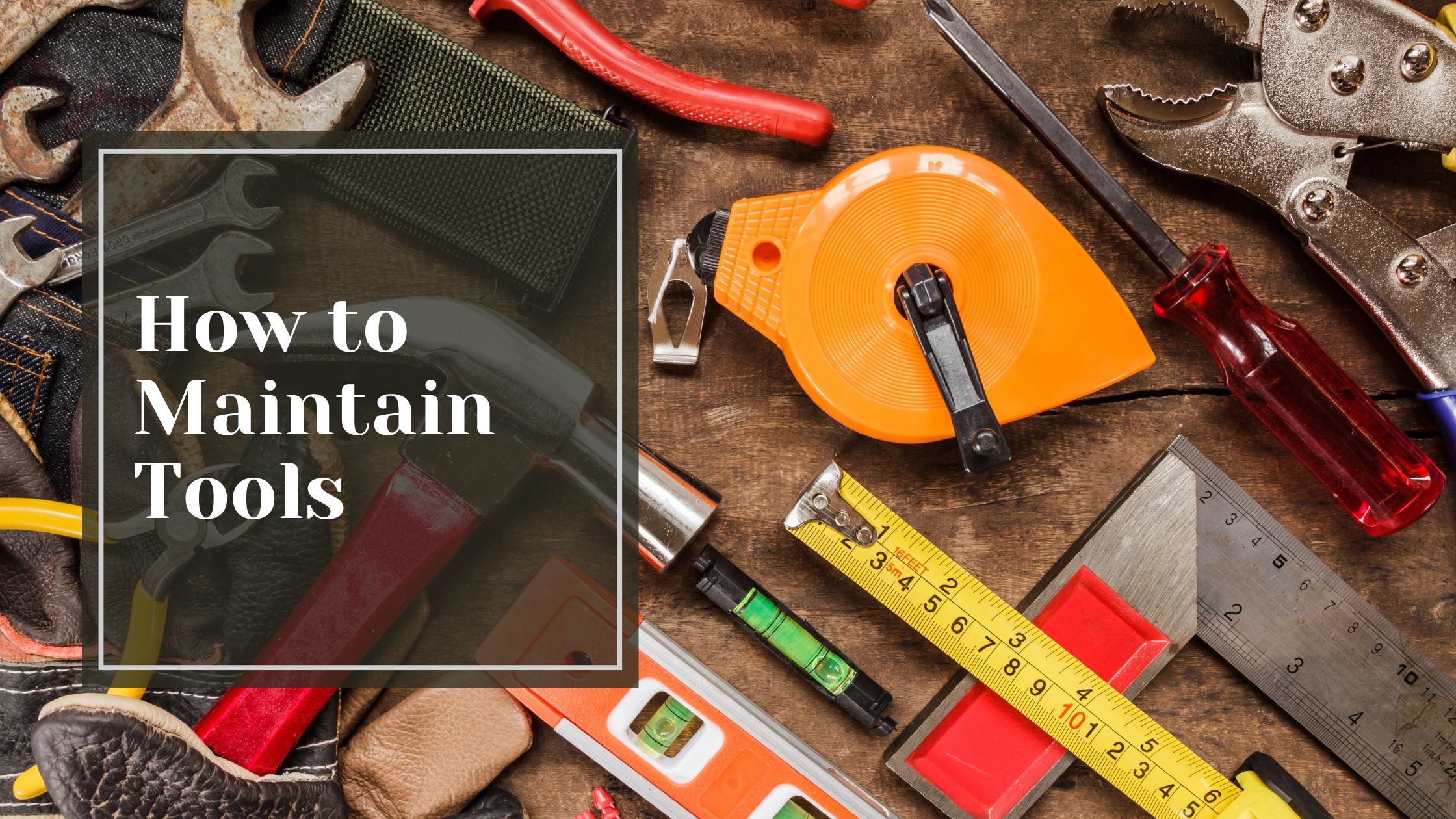Fences are an essential part of any property. They’re not only a security measure, but can greatly enhance the aesthetic appeal of a property. They come in a wide variety of materials and styles, and with unique purposes. Choosing the right fence and installing it can be overwhelming – especially if you’ve never dealt with them before. We’ll cover the various types, materials, and uses. We also discuss some major precautions to note before you build. After reading this, you’ll have a solid grasp of what fencing has to offer and which may be right for you.
Table of Contents
ToggleTypes of Fences
The first step in choosing a fence is to determine its purpose. Fences can serve a number of purposes, including privacy, security, decoration, and containment. Here are some of the most common types:
Privacy
Privacy fences are designed to create a barrier between your property and the outside world. They are typically six to eight feet tall and can be made from a variety of materials, including wood, vinyl, and metal. Privacy fences are an excellent option for homeowners who want to keep prying eyes out of their backyard.
Security
Security fences are engineered to keep intruders out and protect your property. They’re typically made from heavy-duty materials such as chain link or wrought iron. Security fences can be customized with features such as barbed wire, razor wire, and electric fencing to enhance their security capabilities.
Decorative
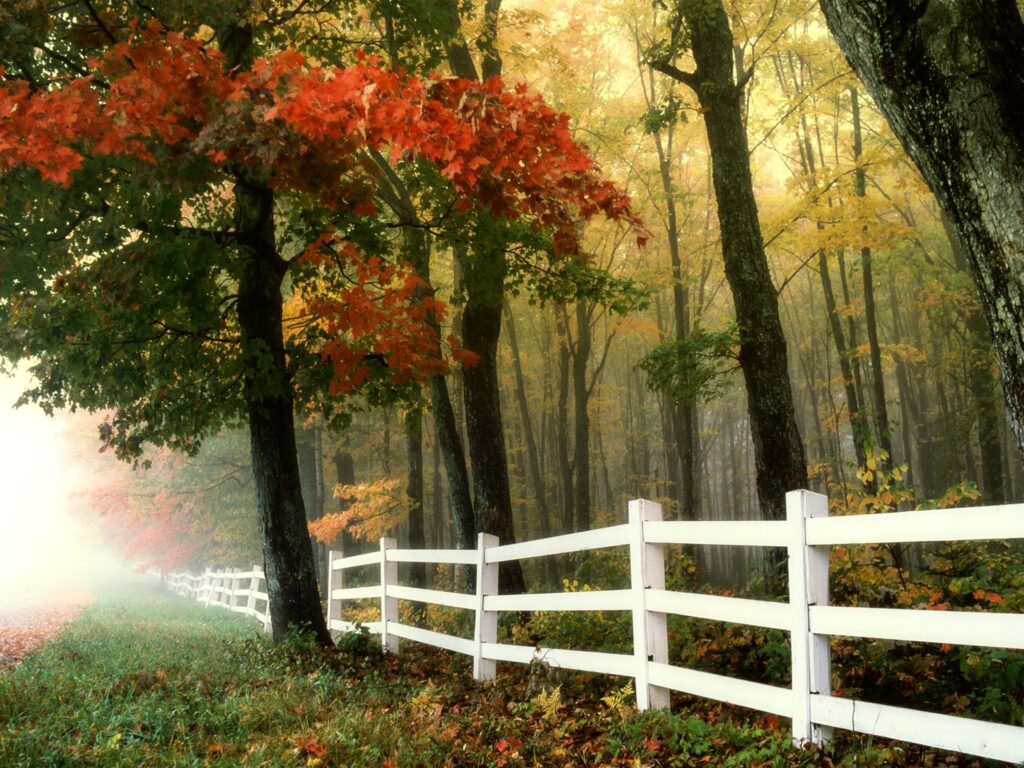
Decorative fences are designed to enhance the aesthetic appeal of your property. They are available in a variety of styles – from ornate wrought iron to classic picket fences. They can also be used to define the boundaries of your property in a more charming way than a security fence would provide.
Containment Fences
Containment fences are made to keep things like pets and livestock on your property. They’re typically made from chain link or wood, and can be customized to fit the specific needs of your animals.
Types of Fencing Materials
Once you’ve determined the purpose of your fence, the next step is to choose the material. Fencing materials can vary widely in cost, durability, and appearance – so choosing the right one is crucial. You’ll need to balance those three qualities to find the proper fence material for you and your situation. Here are some of the most common materials used:
Wood
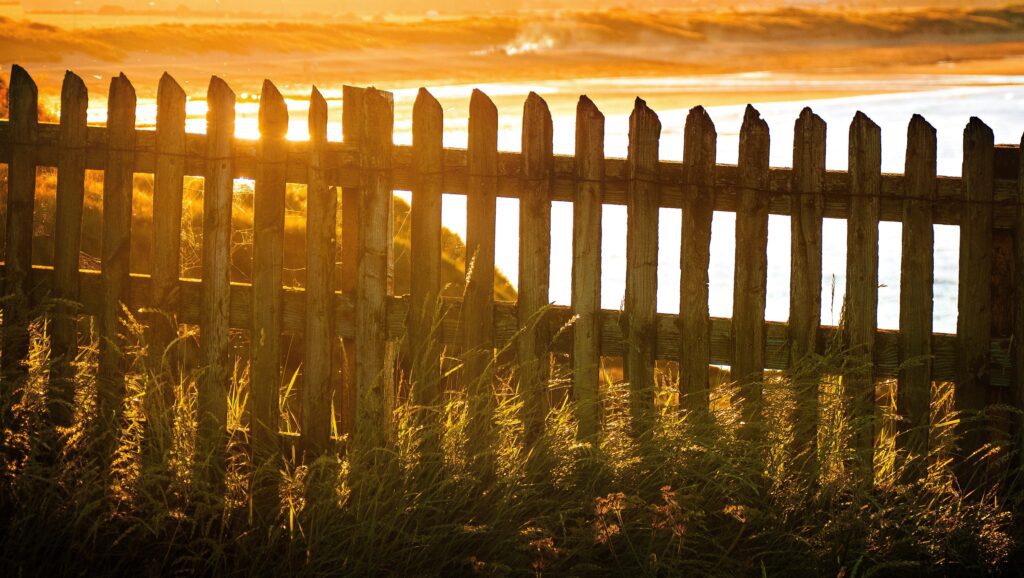
Wood is probably the more popular fence material because it can be found everywhere and is highly versatile. It’s often the more affordable option, yet as a commodity its price changes constantly. As of writing this (April 2023) wood prices are relatively high across the whole market – so definitely compare prices to make sure. Wood fences can be stained or painted to match your home’s exterior, and customized with tons of different styles and construction designs. Cedar is the most
Vinyl
Vinyl fencing is becoming increasingly popular because of its durability and low maintenance requirements. It is also probably the most cost-effective option as well, especially considering the often simple installation. Vinyl fences are usually available in privacy, picket, and ranch styles.
Metal
Metal fences such as wrought iron and aluminum are popular for their durability and aesthetic appeal. They’re typically more expensive than wood or vinyl, but they require very little maintenance and can last for many years. These often require a professional to install, depending upon how substantial the fence is.
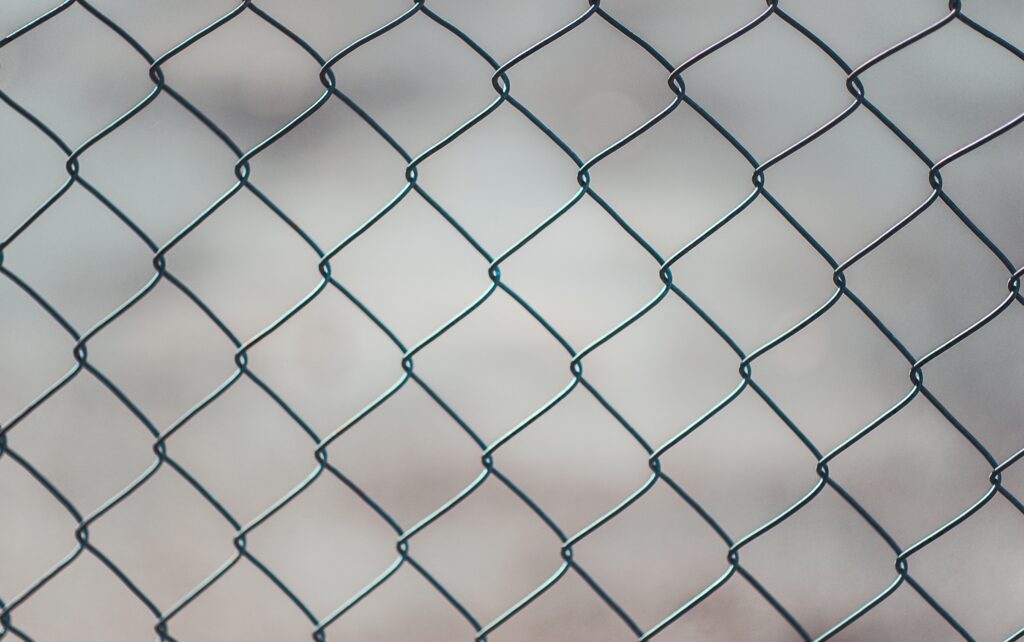
Chain Link
Chain link fences are an affordable and practical option for containment and security purposes. They are typically made from galvanized steel and can be customized with features such as privacy slats and barbed wire. These are what conventionally line construction sites.
Process of Installing Fencing
The final step in the fencing process is installation. This can be a complicated process with a number of things to know before you start. It’s recommended to check with a professional to ensure it’ll be installed correctly and all parties involved will be happy. Fences can be a bone of contention if not all these are considered. Here are some concerns to consider prior to installation:
Permits
Make sure to check with your local building department to see if you need a permit. Many cities and towns require permits for fence installation, and it’s very important to abide by these. They could make you take down your brand-new fence if you don’t; best to take a look before you build.

Property Lines
It’s important to make sure that your fence is installed on your property and not on your neighbor’s property. This could definitely cause some issues down the road if you find out some or all of the fence isn’t on your land – it might not be your fence anymore. Also, check with your local building department to see if there are any setback requirements.
Posts
The posts are the most important part of the fence by far – structurally speaking. They provide the primary structure and support for the rest of the fence. Make sure that the posts are set deep enough in the ground to prevent leaning or falling in the future. This will vary depending on the material used, but at least a third (1/3) to even half (1/2) of the length of the post is recommended for depth. Make sure they are properly aligned and spaced as well – both for aesthetics and equal weight distribution.
Gates
If your fence includes a gate, make sure that the gate is properly installed and secure. Gates are substantial and require stable structure around them since they swing with weight. Make sure the post the gate hangs on, in particular is very strong. This can help you consider the size and location as well. And don’t forget to grab a latch or lock to secure it – preferably something that matches.
Maintenance
Regardless of the type of fence you choose, proper maintenance is important to ensure that your fence lasts for many years. Wood fences should be stained or painted every few years to prevent rotting and decay. Metal fences should be inspected periodically for rust or corrosion, and any damaged or missing parts should be replaced promptly.
Obstacles
Particularly when installing a new fence you’ll need to consider anything that may be in the way, such as tree roots or utility lines. Creative fence builders may be able to design workarounds, but oftentimes you will come across unexpected obstacles that may change the design or set you back. Check your planned fenceline before you build to save yourself a possible headache.
Which Type of Fence Will You Choose?
Fencing is a major part of any property, and choosing the right type of fence is essential to achieving your desired results. Whether you’re looking for privacy, security, decoration, or containment, there’s sure to be a fence that will meet your needs. By considering the purpose of your fence, the materials available, and the important considerations before installation, you can guarantee your fence will be both beautiful and functional for years to come!
